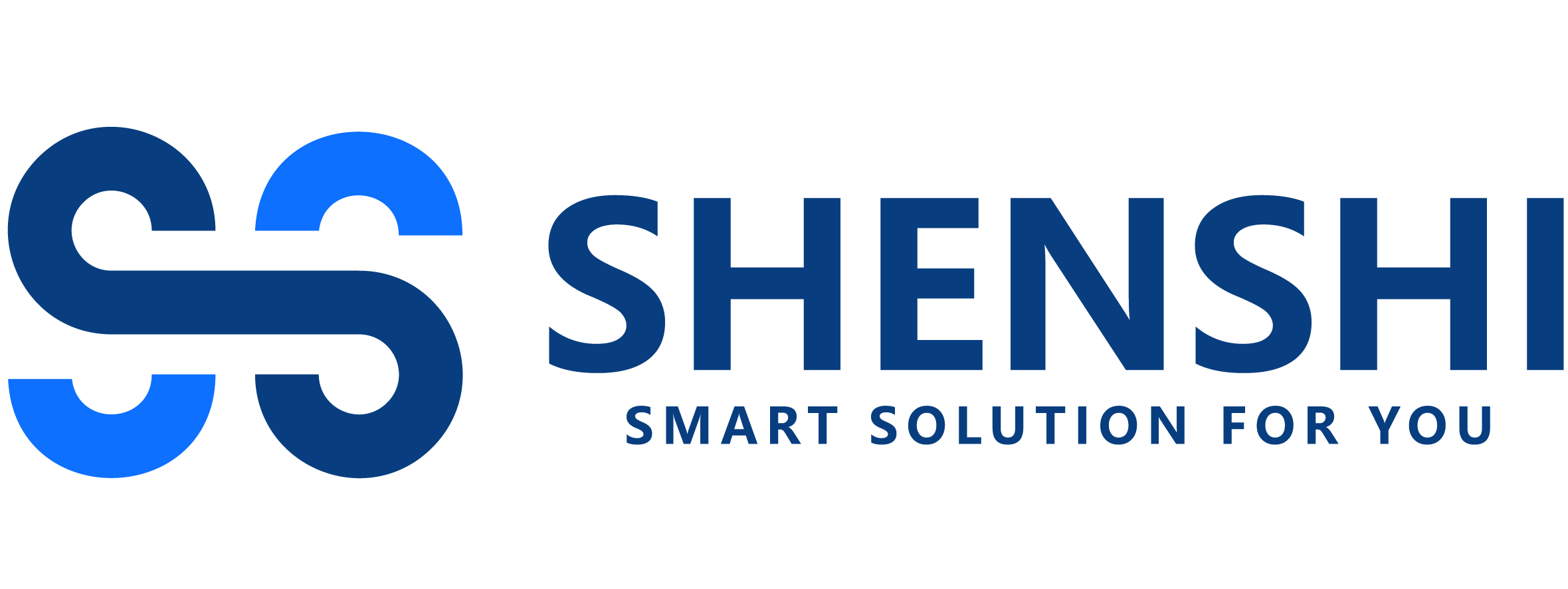Efficiencies, Remote Capabilities Shape the Geothermal Market
The geothermal sector of the HVAC industry is currently entering a bit of uncharted water, or, at least, water that hasn’t been charted since the 30 percent residential and 10 percent commercial geothermal tax credits went into effect in 2008.
Those credits have now expired, and while organizations lobbied Congress for an extension like the ones given to photovoltaic (PV) and solar thermal technologies, the U.S. House of Representatives chose not to extend the credits for the geothermal market.
“The expiration of the federal tax credits is inspiring contractors to work hard to sell without that incentive out there,” said Tim Litton, director of marketing communications, WaterFurnace Intl. Inc. “With them gone, we are retraining a lot of contractors to sell geothermal based on its traditional benefits, which are less noise, being more comfortable, its energy efficiency, and having less maintenance.”
Shilai Xie, director of A/C product management, Bosch Thermotechnology Corp., said although geothermal is not a newer technology, it has the proven performance and capabilities to help accelerate the growth of smart and zero-net-energy buildings.
“Geothermal is truly a game changer and is also uniquely positioned to support the traditional comfort and efficiency requirements of heating and cooling systems, while also supporting the goals of utilities and governments to reduce greenhouse gas emissions, loads on the electric grid, and ensure resiliency across the country,” said Xie.
CAN YOU TAKE ME HIGHER?
Efficiency was on everyone’s mind in Las Vegas.
“It seems the efficiency levels continue to climb periodically to meet demand and energy cost reduction,” said Rick Posey, product manager, MARS. “There is a real possibility of local utility companies, counties, and/or states initiating rebate programs to help ease the burden of excessive energy usage.”
Jesse Robbennolt, product manager, Modine Building HVAC Systems, added that manufacturers continue pushing efficiency through new component technologies and innovative designs.
Modine Mfg. Co. is launching a vertical high-efficiency water-to-air unit, the Premium Vertical Unit, which is equipped with patented counterflow (CF) microchannel air coils. The air coils are in place for increased efficiency and lower refrigerant charge volumes. The product’s patent pending casing design with vertical control panel is separated into low- and high-voltage sections with a high degree of serviceability and standard-sized, 4-inch-thick air filters. A Genteq DecStar integrated ECM fan motor and blower is included for quiet and efficient airflow while packless green surface coaxial coils offer increased efficiency and reduced refrigerant charges.
“Serviceability is becoming more and more of a concern as HVAC units and the technologies embedded in them become more complex and smarter,” said Robbennolt. “Customers are demanding unique, thoughtful products that are more efficient and smarter than ever.”
Xie said buying trends are moving toward high-efficiency HVAC in most segments as well as toward connected devices. “Contractors can now partner with utility providers, third parties, or both, opening the door for cost-effective ways to install these energy-efficient, environmentally sensitive heating and cooling systems.”
GOING GEOTHERMAL
MARS has kept busy over the past year in both the commercial and residential spaces, introducing the commercial HB Series with an ECM motor as well as a residential split system (HZS).
“The HB Series has an innovative cabinet design, which means there are models to fit just about any existing location,” said Posey. “Available in vertical and horizontal applications, they can be ordered in a variety of configurations with many options to cover all applications.
“The HZS is a digital indoor split geothermal heat pump that delivers the ultimate in efficiency for the homeowner, comfort, reliability, and serviceability,” Posey continued. “[It features] communicating control, two-stage compressor, and internal variable water flow components.”
Enertech Global’s Compact Horizontal Packaged system is available in 2- through 6-ton models. Per the company, the ZT models offer a high-strength, galvanized-steel cabinet and high efficiencies. The all-aluminum microchannel air coil and brazed-plate heat exchanger (BPHX) allow for reduced refrigerant charge and increased efficiency. The brazed-plate heat exchangers are built with asymmetrical passages to reduce fouling.
In August 2016, WaterFurnace Intl. Inc. introduced the 5 Series 500W11 single hydronic heat pump, which is an upgrade to the Envision® NSW unit. Like other 5 Series units, the 500W11 features Aurora base communicating controls with optional advanced controls, performance monitoring, and refrigeration monitoring. All fault conditions are monitored by the controller to ensure safe, reliable operation. Scroll compressors, R-410A refrigerant, and oversized heat exchangers combine to provide the hydronic heat pump with an EER of 14-17.5 and a coefficient of performance of 2.9-3.1, depending on the model. The unit’s wide range of operating temperatures, compact size, and reversible control box and piping enable the 500W11 to be used in a variety of heating-only or heating and cooling applications. Fabricated from heavy-gauge steel, the 500W11 cabinet is finished with a corrosion-resistant polyester coating.
As far as what is coming next, Litton said to keep an eye on voice-enabled controls.
“The next steps in geothermal will be communication with devices like Google Home and Amazon’s Echo,” he said. “That type of connection is happening throughout the industry and will happen with geothermal, too.”
